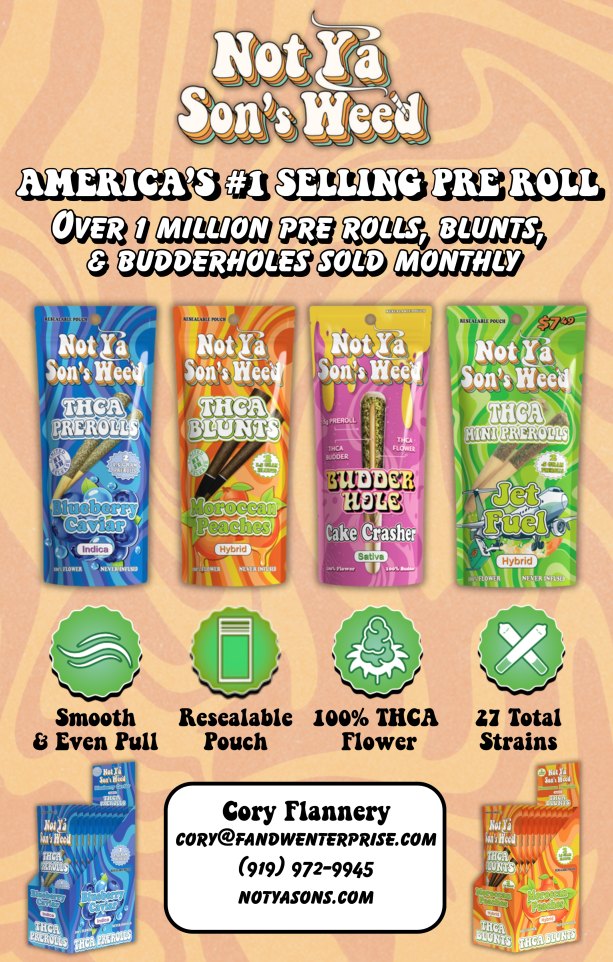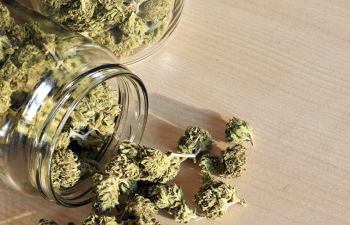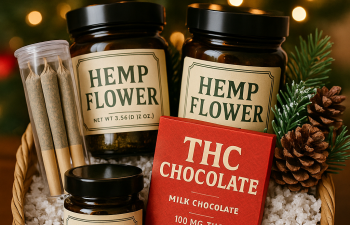The holiday season may be well underway, but with a global pandemic wreaking havoc on businesses, the economy and jobs, the National Retail Federation’s annual consumer survey breaks down changes in planned holiday spending this year.
The annual NRF consumer survey found that individuals plan to spend $998 on average on gifts, decorations and other holiday-related purchases in 2020.
Here’s the breakdown:
$650 — the average amount consumers plan to spend on gifts for family, friends and co-workers.
$230 — the average amount consumers plan to spend on non-gift holiday purchases such as food and decorations.
$117 — the average amount consumers plan to spend on themselves or their families.
“Given the pandemic, there is uncertainty about consumers’ willingness to spend, but with the economy improving most have the ability to spend,” NRF Chief Economist Jack Kleinhenz said. “Consumers have experienced a difficult year but will likely spend more than anyone would have expected just a few months ago.
“After all they’ve been through, we think there’s going to be a psychological factor that they owe it to themselves and their families to have a better-than-normal holiday. There are risks to the economy if the virus continues to spread, but as long as consumers remain confident and upbeat, they will spend for the holiday season.”
Expected spending
Male consumers plan to spend $1,105.97 on average on holiday-related purchases. Women will be a bit more frugal — taking advantage of big sales and discounts — to spend $896.79 on average.
Shopping trends and factors
Here’s where consumers said they planned to shop this year:
- 60% of consumers said they planned to shop online this year.
- 45% of consumers said they planned to shop at Department Stores this year.
- 43% of consumers said they planned to shop at Discount Stores this year.
- 23% of consumers said they planned to shop at Local/Small Businesses this year.
The survey found that sales and discounts were the most important factor while shopping with 66 percent of consumers agreeing.
Another 58 percent of consumers said the quality of the merchandise is important.
Fifty-six percent of consumers said the selection of merchandise is important.
Despite the anticipated increase in online shopping this year, only 33 percent of consumers said an easy-to-use website or mobile site was important.
Similarly, just 49 percent of consumers said free shipping/shipping promotions were important.





















